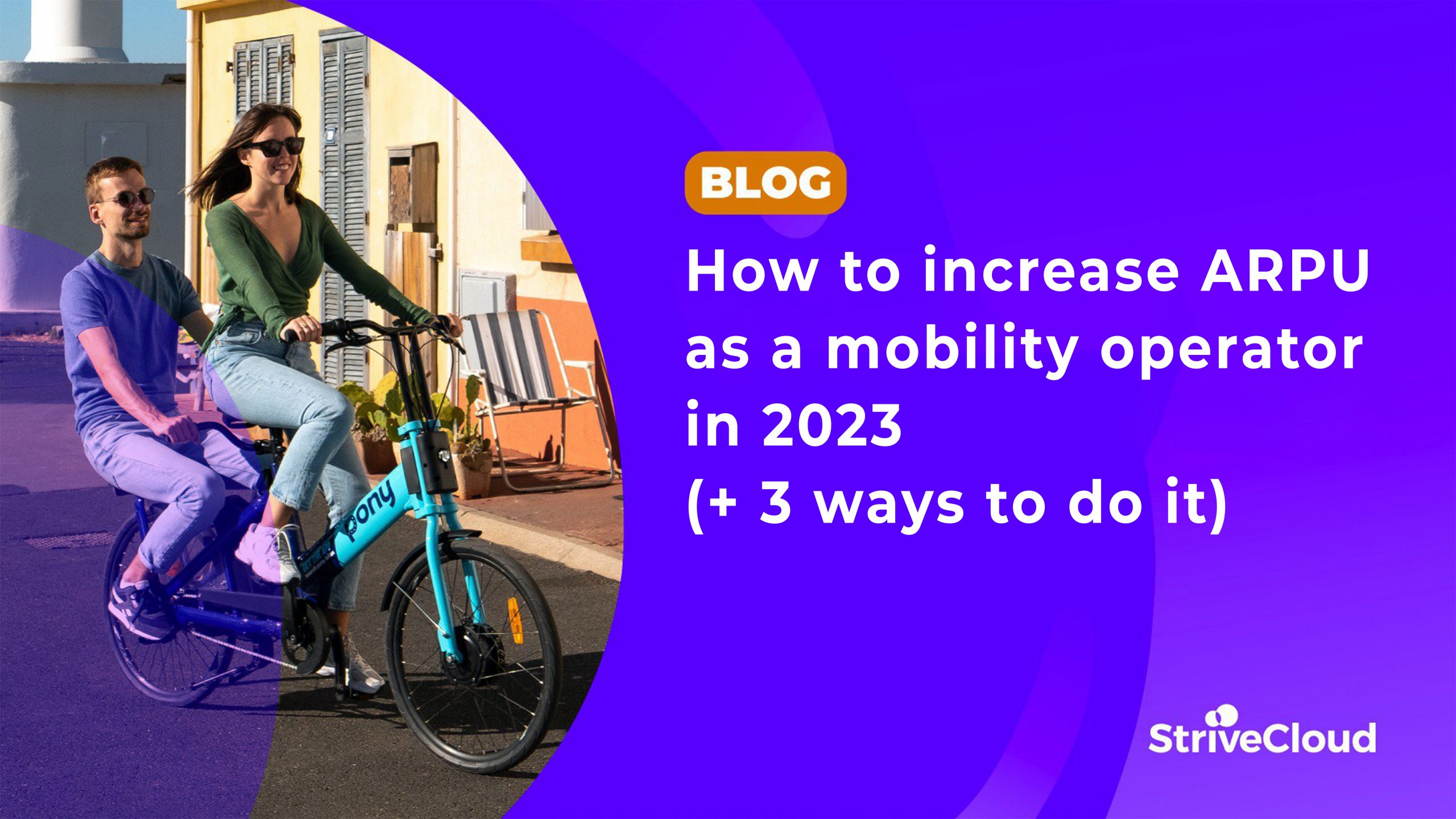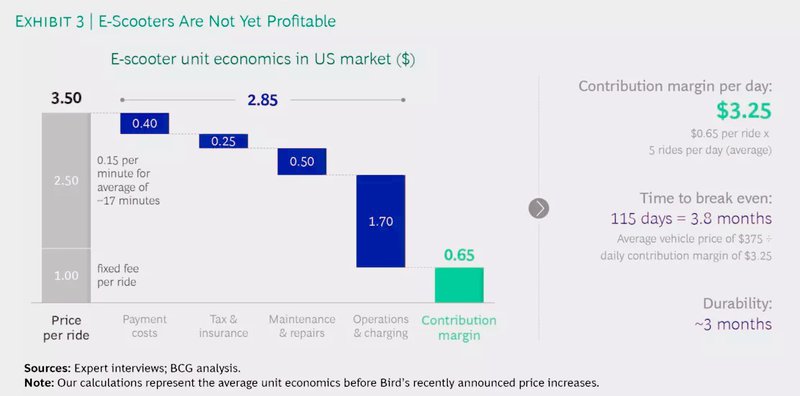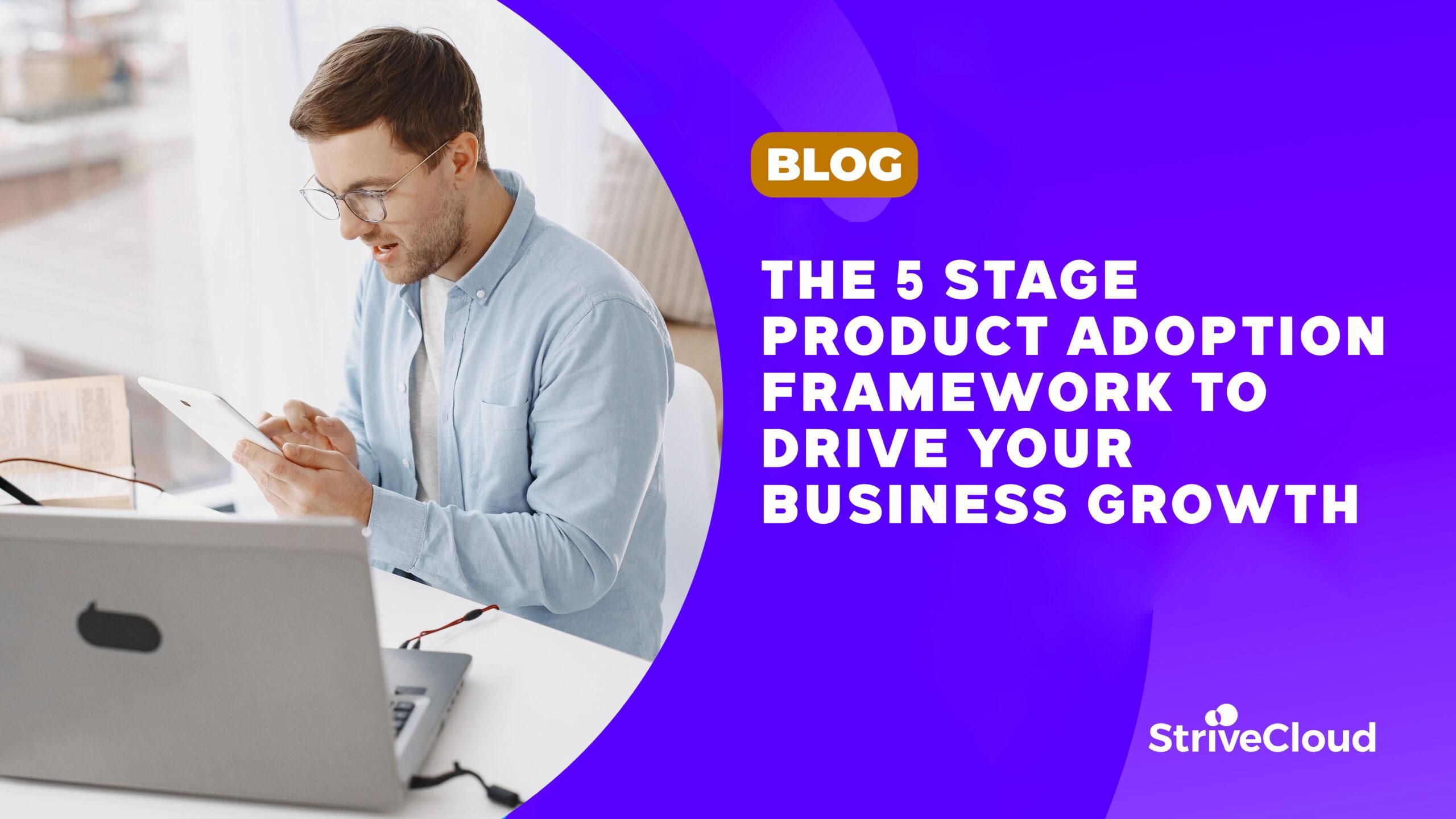

How to increase ARPU as a mobility operator in 2023 (and 3 ways to do it)
How to increase ARPU as a mobility operator in 2023 (and 3 ways to do it)
It can be hard for even the biggest micromobility operators to turn a profit. The expensive & highly competitive nature of the market lowers the margins. But there’s one thing that all operators should be doing to grow - and that is to increase ARPU!

This article will explain what ARPU is, why it's critical for profitability, and how mobility operators can boost this all-important metric.
- What is ARPU? (And why it is so important for micromobility)
- How micromobility operators increase ARPU today
- Why increase ARPU? Benefits for micromobility operators and investors
- 3 strategies to increase ARPU and enter the shared mobility market
- FAQs
What is ARPU? (And why it is so important for micromobility)
ARPU is an essential metric to track your financial progress. In full, ARPU stands for ‘Average Revenue Per User’, and it shows the average revenue that each customer generates. An increased ARPU boosts your bottom line, all without spending a cent on customer acquisition. In short, a higher ARPU means greater profitability!
What’s more, ARPU is super easy to work out. Use it to track your average revenue per customer over any time period, from just one month to as far back as you like:
ARPU = Total revenue in time period / total customers in time period
So why should micromobility operators increase ARPU? Simply put, mobility needs it!
- Competition is tough, so you need to make the most of existing customers.
- Customer acquisition is 500% more expensive than retaining a customer!
- Profit margins in mobility are low at 20% when it should be closer to 50%.
As micromobility matures and operators focus less on aggressive expansion, it is only going to be more important to increase ARPU. In 2020, the average ARPU in shared mobility was $92. But by 2030, that number is set to hit $107!
So what are micromobility operators doing to increase ARPU today?
How micromobility operators increase ARPU today
Partnering with city authorities
It’s possible for your relationship with city authorities to be mutually beneficial! While micromobility can help city authorities meet climate goals and reduce traffic, cities can help micromobility operators by building more bike lanes and parking zones.
According to McKinsey, more than 90 cities have adopted policies that support micromobility. And the strategy is paying off! Research shows that new infrastructure can increase the number of journeys taken using micromobility by as much as 48%!
Operating in well-regulated markets
When it comes to regulation, there is a sweet spot. Some cities overregulate, and this is an issue when compliance can increase costs by 7%! But many cities underregulate and research shows this also makes turning a profit harder. That’s partly because unregulated cities led big micromobility operators come and offer rock-bottom prices.
To avoid price competition reducing your ARPU, operate in smaller, well-regulated markets. To provide some examples, check out mobility app loyalty successes. Another example is Swift, which operates in smaller cities across Portugal and ensures compliance with regulations such as mandatory parking bays. They even incorporated features that incentivize responsible parking into their app. As a result, Swift has even been invited by a city that previously banned electric scooters!
Using different pricing models
Dynamic pricing
Given that usage fluctuates throughout the day, dynamic pricing works well in mobility. For sure, charging less during quiet periods helps increase ARPU by maximizing fleet utilization. On the other side of that, charging more during busy periods can help make the most out of the customers using your limited fleet.
Subscriptions
Subscriptions are shown to drive “greater average spend”. In short, increased ARPU! Subscriptions are a trend that will continue to grow in mobility. Why? When customers subscribe to your mobility service, you create a deeper relationship with them. As a result, you build customer loyalty and generate a more predictable revenue stream.
Usage-based pricing
Usage-based pricing simply means charging the customer a fixed fee per minute. This is the way to go when competition is strong and prices are low. Think about it - customers have less reason to commit to your service if there are other operators in the area offering a similar price. Indeed, a big advantage of usage-based pricing is that customers can easily evaluate your service and potentially become paying subscribers.
Why increase ARPU? Benefits for micromobility operators and investors
Until very recently, micromobility operators focused more on expansion than profit. Even a market leader like Lime never made a profit until 2022! But things are different now. More than ever, there’s one big thing investors want to see: profitability.
And when it comes to making a profit, the benefits of increased ARPU are clear. To investors, a higher ARPU signals that you are maximizing profit while keeping costs stable. Crucially, that means greater profitability and potential for growth!
As a bonus, a higher ARPU indicates more positives about your service:
- Can compete in already competitive regions
- Increased customer lifetime value
- Leeway to experiment and innovate, such as with pricing strategies
- More revenue to invest in marketing and product development
- Shows that your service can generate more value from its customers
Simply put, when investors see a higher ARPU, they see a successful micromobility operator capable of growth and profitability!
3 strategies to increase ARPU and enter the shared mobility market
If you’re a new player in mobility, there are multiple strategies to increase ARPU that you can use to overcome the challenges that face your service:
#1 Optimize maintenance and fleet rebalancing
For a typical ride on an e-scooter costing $3.50, market research estimates that around $1.70 of the total goes to operations and charging. That’s nearly half of your revenue! To take the bite out of this sting, you improve fleet rebalancing and increase your ARPU.
Essentially, you need to charge your vehicles when they’re least likely to be used and make sure they’re in the right place at the right time! After all, when more of your fleet is being utilized, you maximize your revenue and increase ARPU.

This graph illustrates how a significant portion of revenue is consumed by operational costs, highlighting the importance of optimizing fleet management to boost ARPU.
#2 Loyalty programs
Loyal customers spend more and more often. Shouldn’t you reward them for that? Your customers think so! This is called the “Lucky Loyalty effect”, which says that loyal customers feel entitled to better treatment. And when you reward your loyal customers, you extend their loyalty and lifetime value. In other words, you increase ARPU!
For a great example from a micromobility operator, look at Germany’s EVO Sharing. They reward riders with in-app coins for every kilometer traveled. The more you ride, the more you earn! These coins can then be exchanged for free riding minutes. Not only does this incentivize riders to take more trips, but the reward also extends customer loyalty. In turn, this boosts customer lifetime value and increases ARPU!
#3 Implement app gamification and make your app more fun
Gamification is a great way to engage customers and increase ARPU. In essence, gamifying your app means adding game-like features to make the overall customer experience more fun. What’s great about gamification is that you can customize the features to match your goals!
For example, micromobility operators can use features in the following ways:
- Challenges - Send your customers on a quest to complete certain routes.
- Badges & milestones - Reward customers with badges for their achievements.
- Points - Incentivize behaviors with points that can be redeemed for perks.
- Streaks - Reward customers for riding daily or weekly!
- Leaderboards - Create a sense of competition & social status by ranking customers based on how far they travel.
Increase your ARPU today! Discover how our gamification software can get your customers to take 300% more trips!
In fact, many cities prefer mobility apps with gamification. For example, Finland’s capital Helsinki is clear about how gamification can incentivize micromobility usage.
Forum Virium / Helsinki - "Gamification must be integrated in mobility... micromobility operators & cities must work together to launch & manage incentives to make these innovative models of transport more attractive."
How does it work? Let’s look at an example from HumanForest! When HumanForest partnered with our team at StriveCloud to gamify their app, we created ‘TreeCoins’. It’s simple – the more you ride, the more TreeCoins you earn. And these TreeCoins form the basis for the app’s levels, rewards, and leaderboards. In addition, customers can redeem the coins for free riding minutes or discounts at green retailers! In short, together we turned the usually boring daily commute into an enjoyable game-like experience! Who wouldn’t come back for that?

The HumanForest app demonstrates how gamified elements like 'TreeCoins' can create an engaging user experience, reward sustainable behavior, and ultimately drive repeat usage.
Michael Stewart @HumanForest - "StriveCloud really helped us fulfil our brand message. The TreeCoins explain our mission perfectly…the progress visualization mechanic prompts customers to keep using HumanForest and rewards sustainable behavior with free riding minutes!"
Since implementing gamification, HumanForest e-bikes now make over 150,000 trips monthly across London. What’s more, 70% of those trips are made by repeat customers! This shows how gamification can keep your customers riding and increase ARPU.
Increase your ARPU today! Discover how our gamification software can get your customers to take 300% more trips!
FAQs
What is ARPU?
ARPU is ‘Average Revenue Per User’ and it shows the average revenue each customer generates. An increase in ARPU means higher profitability and potential for growth, without increasing costs or spending on customer acquisition! In short, a higher ARPU means greater profitability!
Why increase ARPU? Benefits for micromobility operators:
- Shows that you generate more value from your customers (in short, higher profitability and growth!);
- Increased customer lifetime value;
- Leeway to experiment and innovate, like with pricing strategies;
- More revenue to invest in marketing and product development.
How can new micromobility operators increase ARPU?
Smaller micromobility operators can increase ARPU by improving fleet rebalancing to maximize usage during both quiet and busy periods. You can also implement gamification to make the customer experience fun and rewarding. This incentivizes the customer to return and complete more trips!
Related Posts

48 best user onboarding experiences (plus a free checklist to boost your SaaS)
Poor onboarding is the largest contributor to user churn! So what do the best onboarding experiences have in common? Check out these 8 UX patterns with 48 examples of leading SaaS companies. Get started yourself with our free user onboarding checklist!

The 5 stage product adoption framework to drive your business growth
As product-led growth is becoming the new standard, SaaS companies are looking for ways to boost user engagement and adoption. In other words, they need a product adoption framework that speeds up feature discovery & time-to-value. Let's look at some examples from companies like Canva, Airtbale, Wistia, and more!

